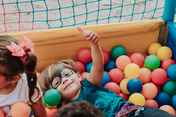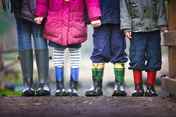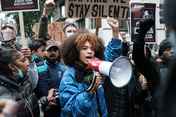What is well-being?
Different cultures, communities and age groups have varying concepts and experiences of what it means to live a good life based on their contexts, goals and values. Everyone, including children and youth, has the right to define what well-being means to them, their community and their society. No single index or approach can do this on its own. However, approaches to measuring well-being share some common ideas.
UNICEF Canada asked hundreds of young people in different parts of Canada – including diverse children and youth – about what well-being means to them. The Canadian Index of Child and Youth Well-being was built around their inspiring and achievable visions of children’s lives in an equitable and sustainable society where:
- No child lives in poverty
- They are healthy, safe and secure
- They are free to dream, play, wonder and learn
- They know who they are, where they come from and where they are going
- They have access to the resources they need to reach their full potential
- They feel loved and included
The Community Child and Youth Well-being Survey helps to measure the extent to which their communities meet these conditions and aspirations.
.jpg)





































